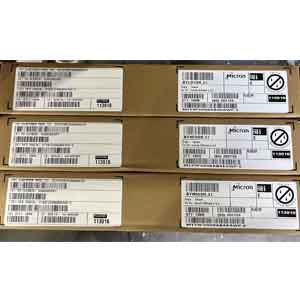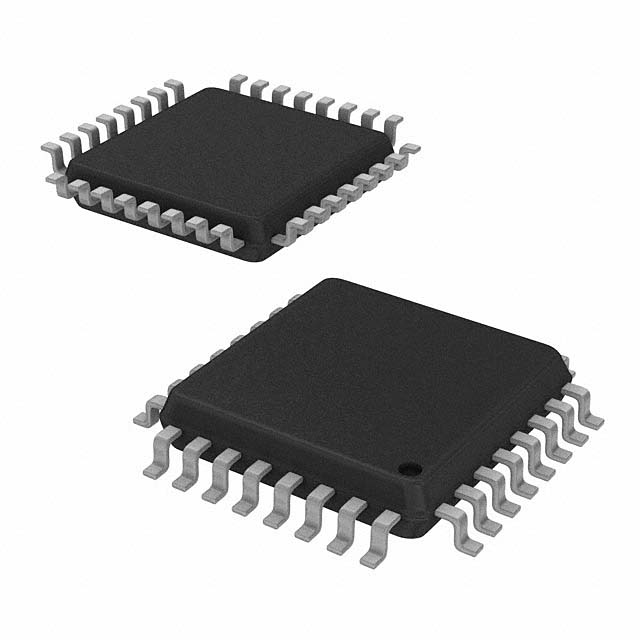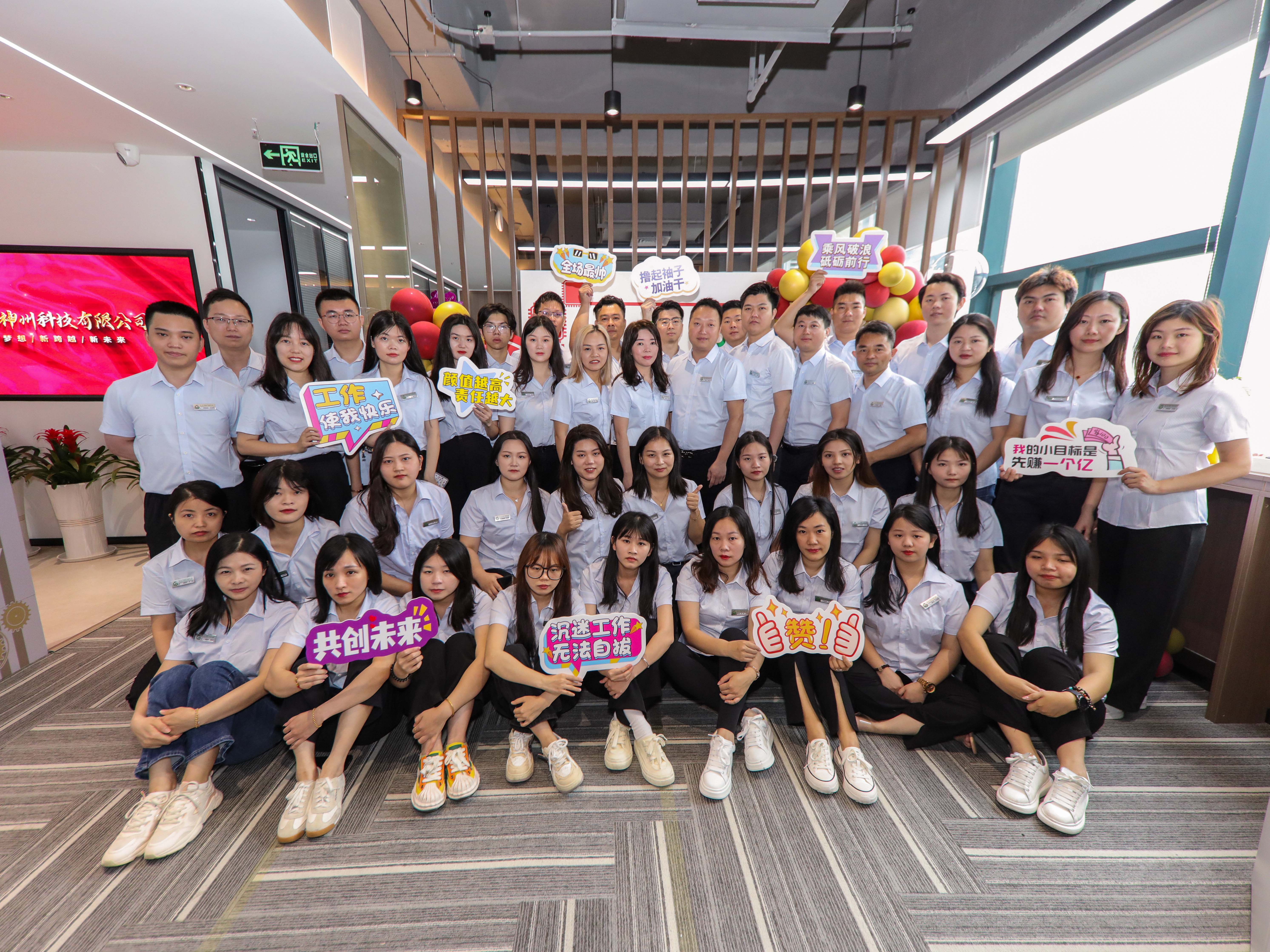Narrow Band Internet of Things, NB-IoT (NB-IoT) is an emerging technology in the field of IoT, which supports cellular data connection of low-power devices in the wide area network, also known as low-power wide-area network LPWA. Cellular-based Narrowband Internet of Things (NB-IoT) has become an important branch of the Internet of Everything.
With the advent of the era of smart cities and big data, wireless communication will realize the connection of all things.

NB-IoT technical features
Wide coverage: It will provide improved indoor coverage. Under the same frequency band, NB-IoT has a gain of 20dB over the existing network, and the coverage area is expanded by 100 times.
Ability to support massive connections: One 200KHz frequency sector of NB-IoT can support 100,000 connections, supporting low latency sensitivity, ultra-low equipment cost, low equipment power consumption and optimized network architecture.
Low power consumption: The NB-IoT terminal module can use AA batteries for up to 10 years of standby time without charging.
Lower module cost: A single connected module does not exceed $5. In the future, the cost of a single module will be reduced to less than two or three dollars. If the cost is reduced to less than $1, it will bring explosive growth.
The main application classification of NB-IoT
In the field of low-speed Internet of Things, NB-IoT, as a new standard, achieves the ultimate in technology such as cost, coverage, power consumption, and number of connections. The technology is widely used in eight typical industries including public utilities, healthcare, smart cities, consumers, agricultural environment, logistics and warehousing, smart buildings, and manufacturing.
Utilities: meter reading (water/gas/electricity/heat), smart water affairs (pipe network/leakage/quality inspection), smart fire extinguisher/fire hydrant.
Medical and health: drug traceability, remote medical monitoring, blood pressure meter, blood glucose meter, heart protection monitoring.
Smart city: smart street lights, smart parking, city trash can management, public safety/alarm, construction site/urban water level monitoring.
Consumers: wearable devices, bicycle/motorcycle anti-theft, smart luggage, VIP tracking (child/senior/pet/vehicle rental), payment/POS machine.
Agricultural environment: precision planting (environmental parameters: water/temperature/light/medicine/fertilizer), animal husbandry (health/tracking), aquaculture, food safety traceability, urban environmental monitoring (water pollution/noise/air quality PM2.5) .
Logistics Warehousing: Asset/Container Tracking, Warehouse Management, Fleet Management/Tracking, Cold Chain Logistics (Status/Tracking).
Smart buildings: access control, smart HVAC, smoke/fire detection, elevator failure/maintenance.
Manufacturing industry: production/equipment condition monitoring, energy facility/oil and gas monitoring, chemical park monitoring, large rental equipment, predictive maintenance (appliances, machinery, etc.).
Learn more about NB-IoT manufacturers and popular models.






















